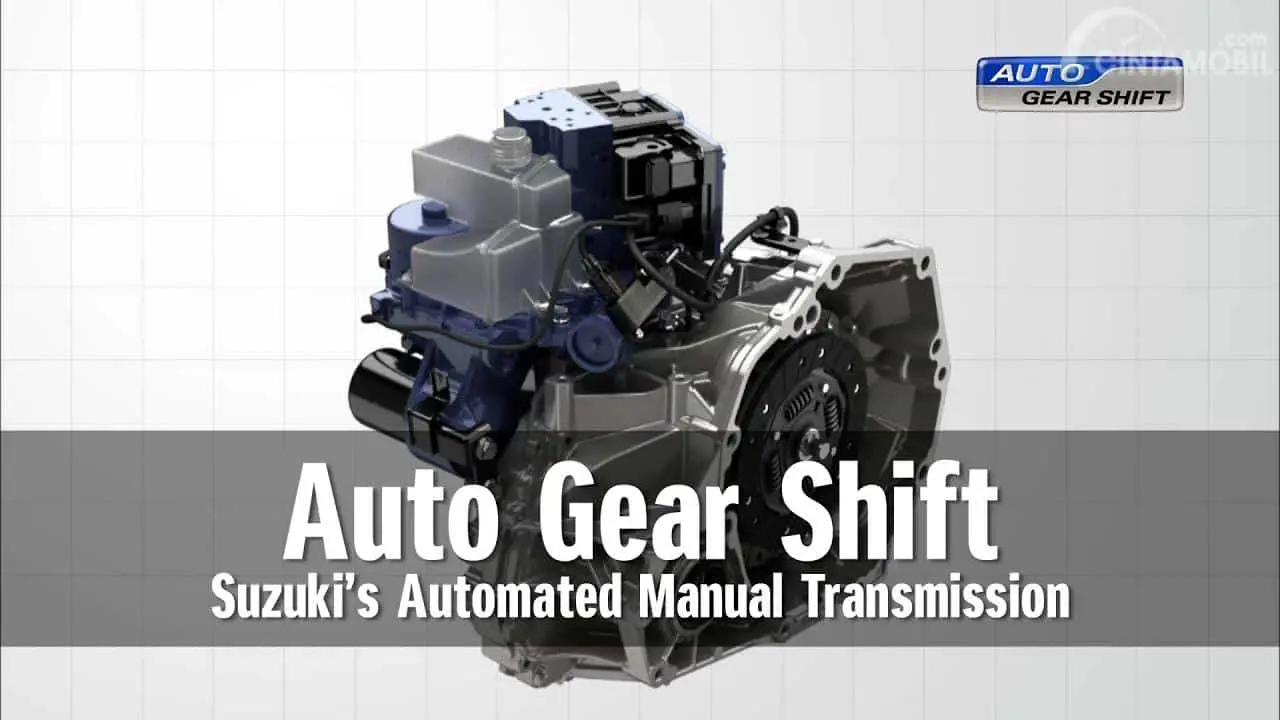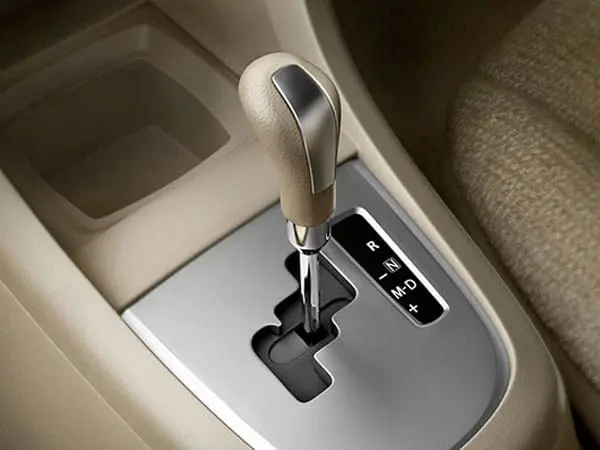What Does AGS Stand For?
AGS stands for Automated Gear Shift. It’s a fancy way of saying an automatic transmission system that offers the convenience of an automatic with some of the efficiency benefits of a manual transmission. It essentially automates the clutch and gear-shifting process, letting you enjoy a smoother and more relaxed driving experience.
Understanding AGS Technology: A Breakdown
Think back to driving lessons or using a manual car. You control the clutch pedal and gear shifter yourself, right? AGS takes that responsibility away from you. It’s like having a built-in co-pilot for shifting gears!
How Does AGS Work?
Here’s the magic behind AGS: a clever combination of electronics and mechanics. Imagine a computer (called an Electronic Control Unit or ECU) constantly monitoring how you drive. This ECU sends signals to an actuator, which acts like an electronic clutch and gear shifter. So, you focus on steering and acceleration, while AGS handles the rest.

How to Drive an AGS Car?
The good news is that you don’t need to worry about the clutch pedal! AGS takes care of that for you.
Here’s what you’ll do:c s
- Start the car: Just like a regular automatic, put the car in gear (usually Drive or D) and press the brake.
- Accelerate and brake: Use the gas pedal to accelerate and the brake pedal to slow down, just like any other car.
- Shifting (optional): Some AGS cars might offer a manual mode with paddle shifters or a gear selector. This allows you to take control of gear changes if desired. However, in most situations, the AGS system will handle everything automatically.
- Parking: Follow the same procedures as a regular automatic. Put the car in Park (P) and engage the parking brake.
Here are some additional tips for driving an AGS car:
- Smooth acceleration: For smoother gear changes, try to avoid jerky acceleration. AGS works best with steady inputs.
- Lifting off the gas: Briefly lifting your foot off the accelerator pedal during gear changes can help the system shift more smoothly (similar to a manual car).
- Refer to your owner’s manual: Your car’s specific AGS system might have slight variations. Always consult your owner’s manual for detailed instructions and recommendations.
Overall, driving an AGS car is designed to be simple and convenient. With a little practice, you’ll be cruising comfortably and efficiently in no time!
Benefits of AGS Technology
There are several reasons why AGS is becoming a popular choice:
- Convenience: No more juggling the clutch and gear shifter! AGS lets you enjoy a smoother, more relaxed driving experience.
- Fuel Efficiency: AGS can improve fuel economy compared to traditional automatic transmissions. This is because it avoids the energy loss in a torque converter.
- Affordability: AGS technology can be a more cost-effective option than some fully automatic transmissions, making it a good choice for budget-minded drivers.
Is AGS Right for You?
While AGS offers many advantages, it’s important to consider potential drawbacks:
- Shifting Experience: AGS gear changes might not be as smooth as some high-end automatic transmissions. You might feel a slight jerk during gear shifts.
- Driver Engagement: If you enjoy the feeling of complete control over your car, AGS might not be the best fit. You won’t have the same level of control over gear selection as with a manual transmission.
However, AGS could be a great option if you’re looking for a balance between convenience and fuel efficiency, particularly for city driving.
Applications of AGS Technology
AGS technology is often found in budget-friendly cars and urban-environment vehicles. It’s popular for drivers who want a comfortable and economical driving experience.
AGS Technology FAQs:
Here are some of the most common questions people ask about AGS technology:
Q: What is the difference between AGS and a regular automatic transmission?
A regular automatic transmission uses a torque converter to transfer power from the engine to the wheels. This can lead to some energy loss, which can affect fuel efficiency. AGS, on the other hand, is essentially an automated manual transmission. It uses an electronic control unit (ECU) and an actuator to operate the clutch and gears, similar to a manual car, but without driver input. This can potentially improve fuel economy compared to a traditional automatic.
Q: Is AGS as smooth as a regular automatic?
AGS gear changes might not be as smooth as high-end automatic transmissions. You might feel a slightly jerked during gear shifts, especially compared to a smooth-shifting automatic.
Q: Is AGS more fuel-efficient than a manual transmission?
Not necessarily. AGS can be more fuel-efficient than a traditional automatic transmission with a torque converter. However, skilled drivers can achieve excellent fuel economy with a manual transmission.
Q: Does AGS offer a manual mode?
Some AGS-equipped vehicles offer a manual mode, allowing you to control gear selection using paddle shifters or a gear selector.
Q: Is AGS a good choice for me?
AGS could be a great option if you’re looking for a convenient and potentially fuel-efficient way to drive, particularly in city environments. However, if you prioritize a smooth driving experience or crave complete control over gear changes like with a manual transmission, a traditional automatic or a manual car might be a better fit.
Q: Is AGS reliable?
AGS technology is generally considered reliable. However, as with any car component, proper maintenance is crucial. Consult your owner’s manual for recommended service intervals for your specific AGS system.
Q: What cars come with AGS technology?
AGS technology is most commonly found in budget-friendly cars, particularly from manufacturers like Suzuki. It’s a popular choice for city cars and small hatchbacks.
Q: Is AGS expensive to maintain?
Generally, AGS maintenance costs are comparable to regular manual transmission costs. No complex torque converter is involved, which can be a more expensive component to service or replace.
Q: Can I learn to drive an AGS car easily?
Absolutely! Since you don’t need to operate the clutch pedal, driving an AGS car is similar to driving a regular automatic. You just focus on steering, acceleration, and braking.
Conclusion
So, there you have it! AGS technology simplifies driving by automating gear changes. It offers convenience, potentially better fuel efficiency, and affordability. While it might not be the smoothest or most engaging option for every driver, it’s worth considering, especially for city driving. AGS might be your perfect match if you’re looking for a comfortable and economical way to get around!





